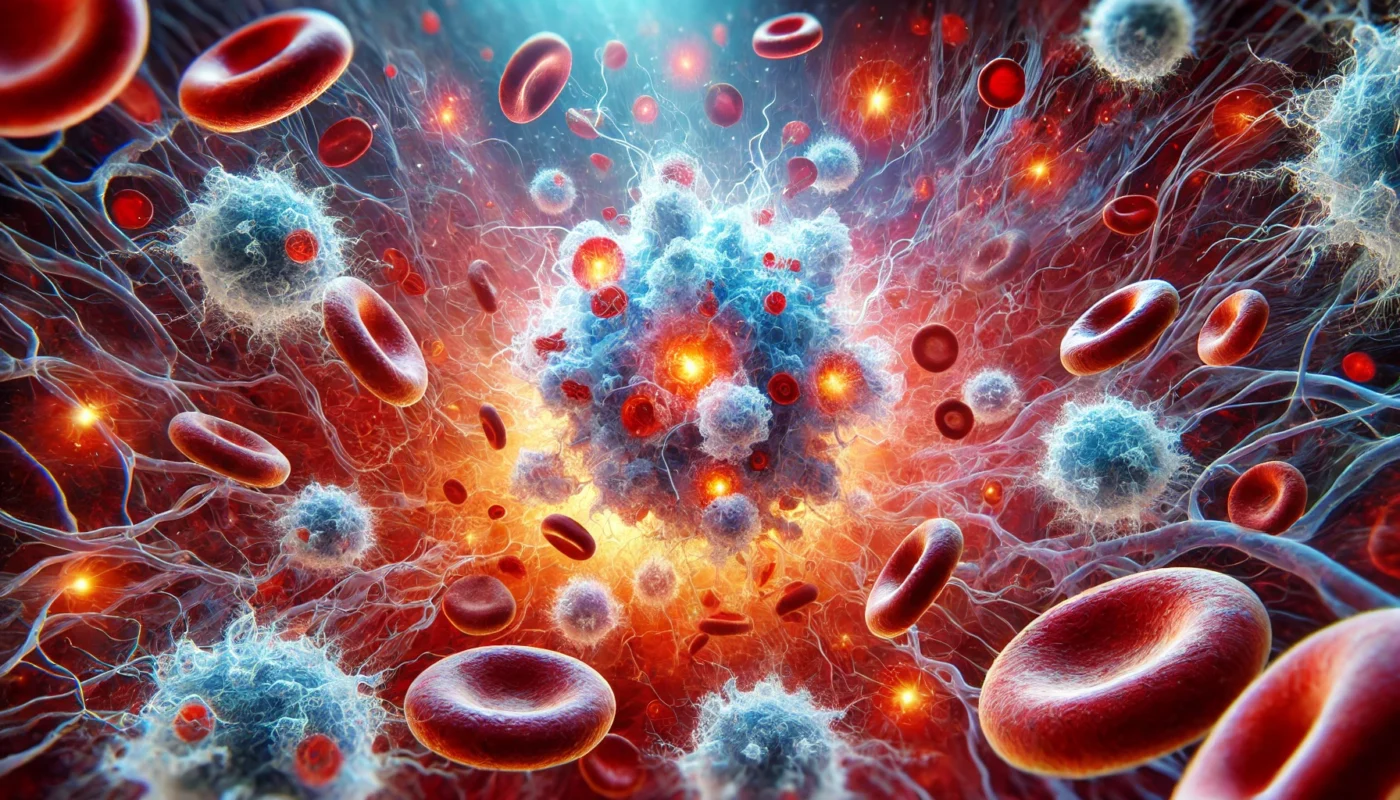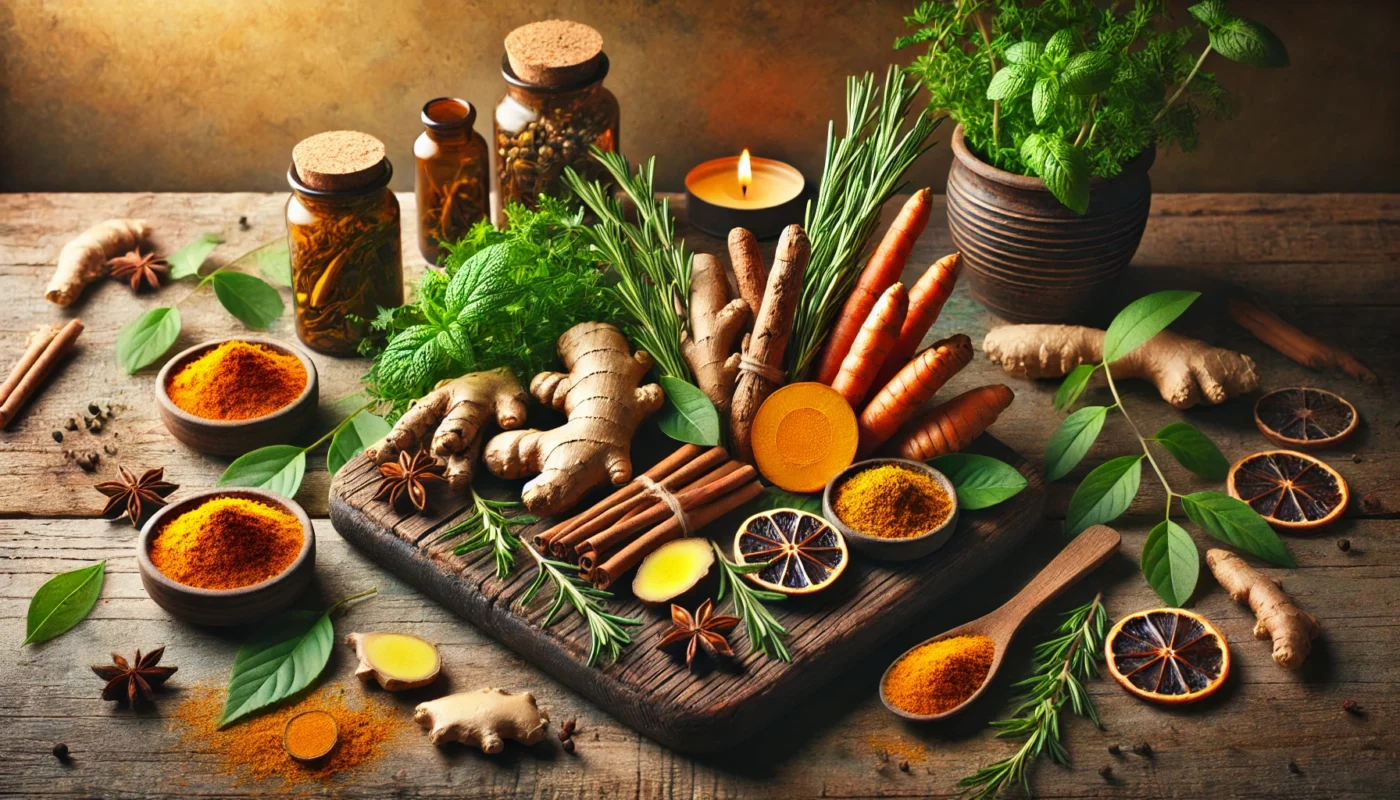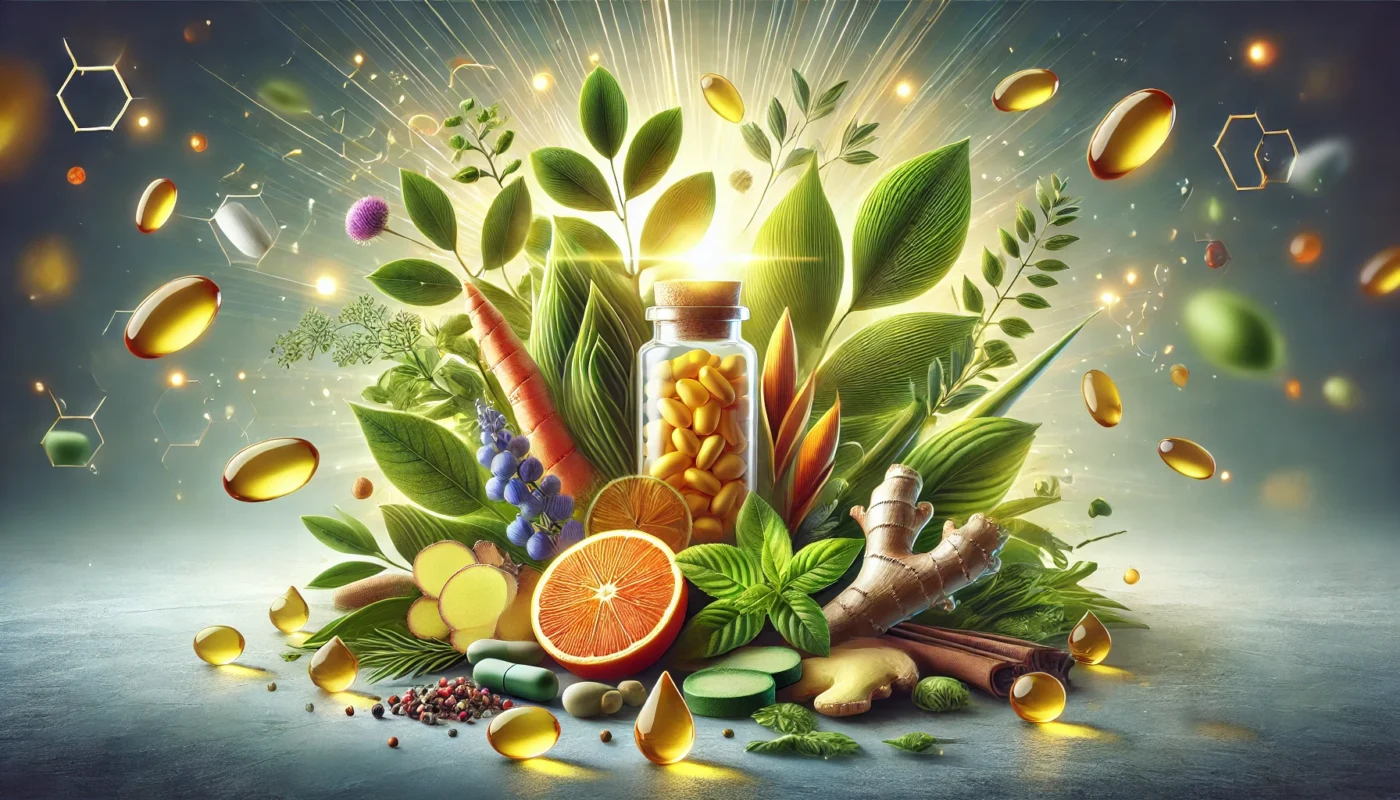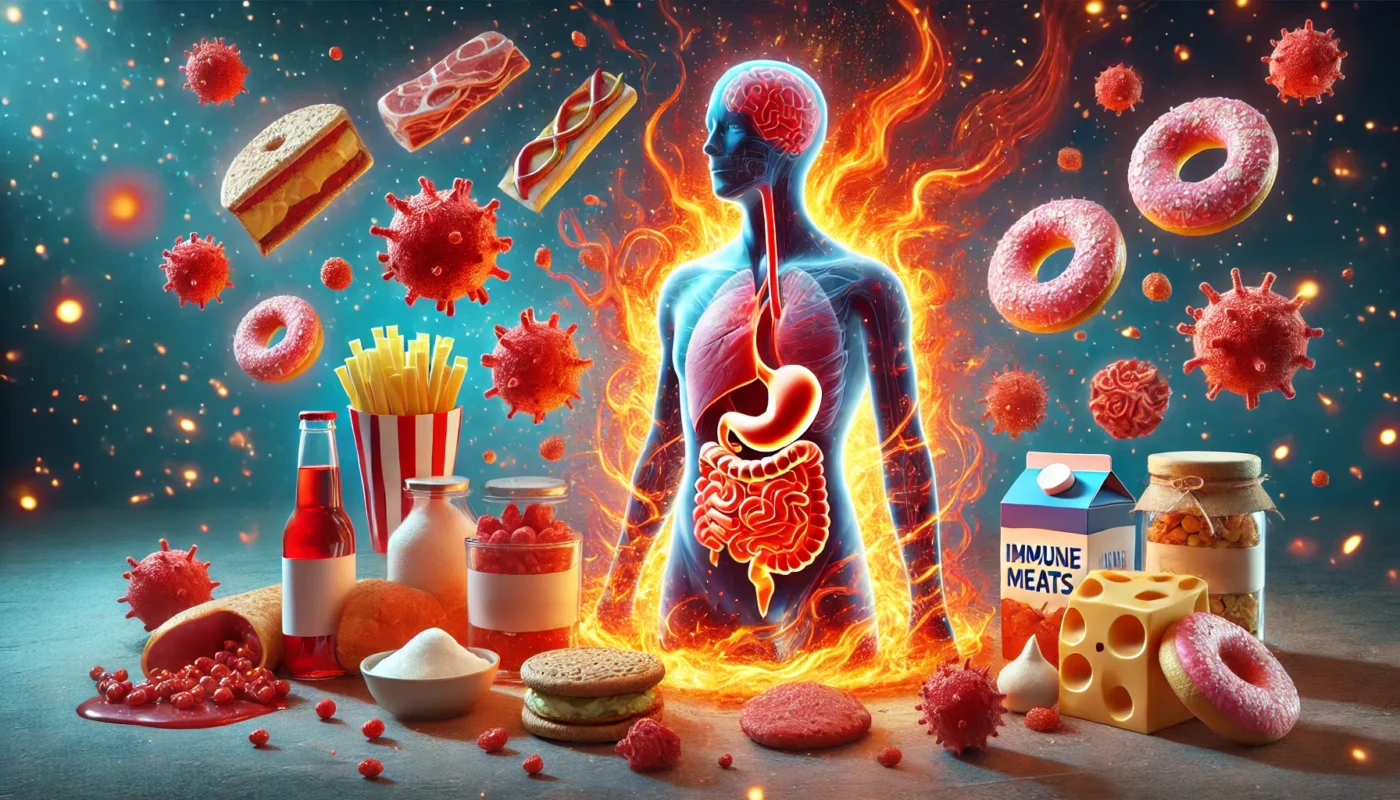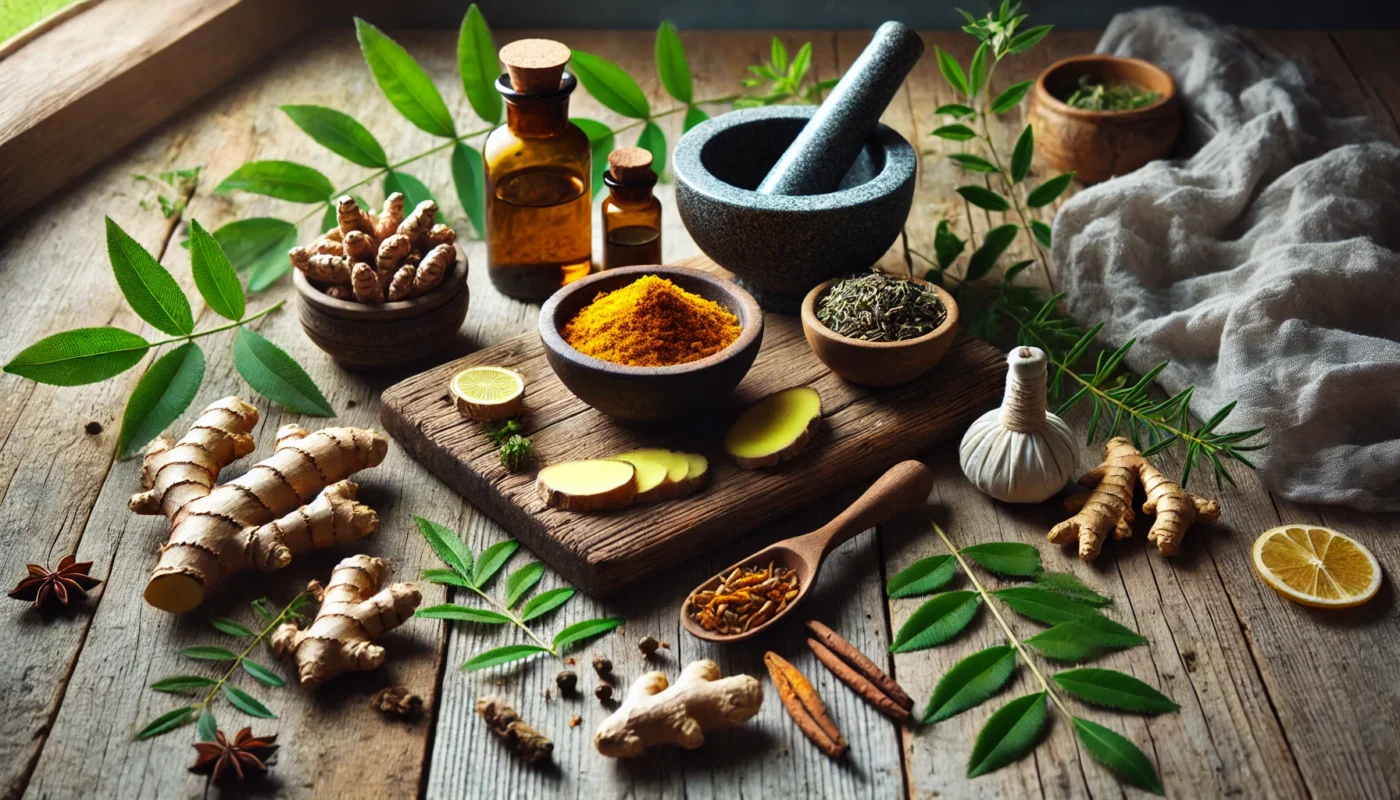Inflammation is the body’s natural response to injury or infection, designed to eliminate harmful stimuli and initiate the healing process. It’s a complex biological response involving various cells, proteins, and signaling pathways. Essentially, when your body senses an injury or pathogen, it releases chemicals that initiate an inflammatory reaction.
Tag Archives: Exercise
The concept of inflammation has been around since ancient times, with the Roman writer Celsus first describing the “cardinal signs” of inflammation: heat, redness, swelling, pain, and loss of function. Each of these signs serves as a vital communication tool, indicating how the body is responding to injury or infection. Let’s delve into each of these five cardinal signs, explore their significance, and discuss how they can guide us in managing inflammation holistically.
Inflammation is a protective mechanism that helps the body heal from injuries and fight infections. When the body detects a threat, the immune system releases white blood cells to the affected areas, resulting in redness, heat, and swelling. While this response is beneficial in the short term, chronic inflammation can cause lasting damage to healthy tissues and organs. It is linked to a variety of diseases, including arthritis, heart disease, and even cancer.
Chest inflammation can be a perplexing condition, often leaving many individuals searching for answers on how to alleviate its discomforting symptoms. As an expert in health and wellness, I’m here to demystify this topic, providing you with a comprehensive overview of the causes and symptoms of chest inflammation, along with practical advice on how to manage and reduce it effectively.
Grapes have long been cherished not just for their delightful sweetness and versatility in culinary applications, but also for their potential health benefits. Among the multitude of health topics that pique the interest of fitness enthusiasts, health aficionados, and medical patients alike, the relationship between grapes and inflammation stands out as particularly intriguing. Let’s delve into the scientific evidence and explore whether grapes, along with other popular fruits, are friends or foes in the context of inflammation.
Inflammation is a natural response by our bodies to injury or infection. It’s a crucial part of the body’s defense mechanism, helping to heal wounds and fight off harmful pathogens. However, when inflammation becomes chronic, it can lead to a host of health problems, including heart disease, arthritis, and even certain cancers. Chronic inflammation can silently damage tissues and organs, often going unnoticed until serious conditions develop.
Inflammation is a natural and essential part of the body’s immune response. It is the body’s way of signaling the immune system to heal and repair damaged tissue, as well as defend against foreign invaders such as viruses and bacteria. However, chronic inflammation can lead to a host of health issues, including autoimmune diseases, cardiovascular conditions, and metabolic disorders.
Joint health is a critical component of overall well-being, especially as we age. Our joints, where two bones meet, facilitate movement and provide support. However, due to factors like aging, injury, or disease, many people experience joint pain and stiffness, significantly impacting their quality of life. Fortunately, one effective way to support joint health is through diet. In this article, we will explore the top foods that can help boost joint health, providing both relief from discomfort and preventative benefits.
Inflammation is the body’s natural response to injury or illness. When you sprain your ankle, for example, your body sends white blood cells to the affected area to protect it, resulting in swelling and redness. This is acute inflammation, and it’s a necessary part of healing. However, when inflammation persists for a prolonged period, it becomes chronic and can lead to various health problems.
The quest for pain relief is as old as humanity itself. From ancient times, herbal remedies have been employed to alleviate discomfort. Today, with growing awareness of the potential side effects of synthetic drugs, there’s a resurgence of interest in natural pain management strategies. But what makes these natural alternatives so appealing?

